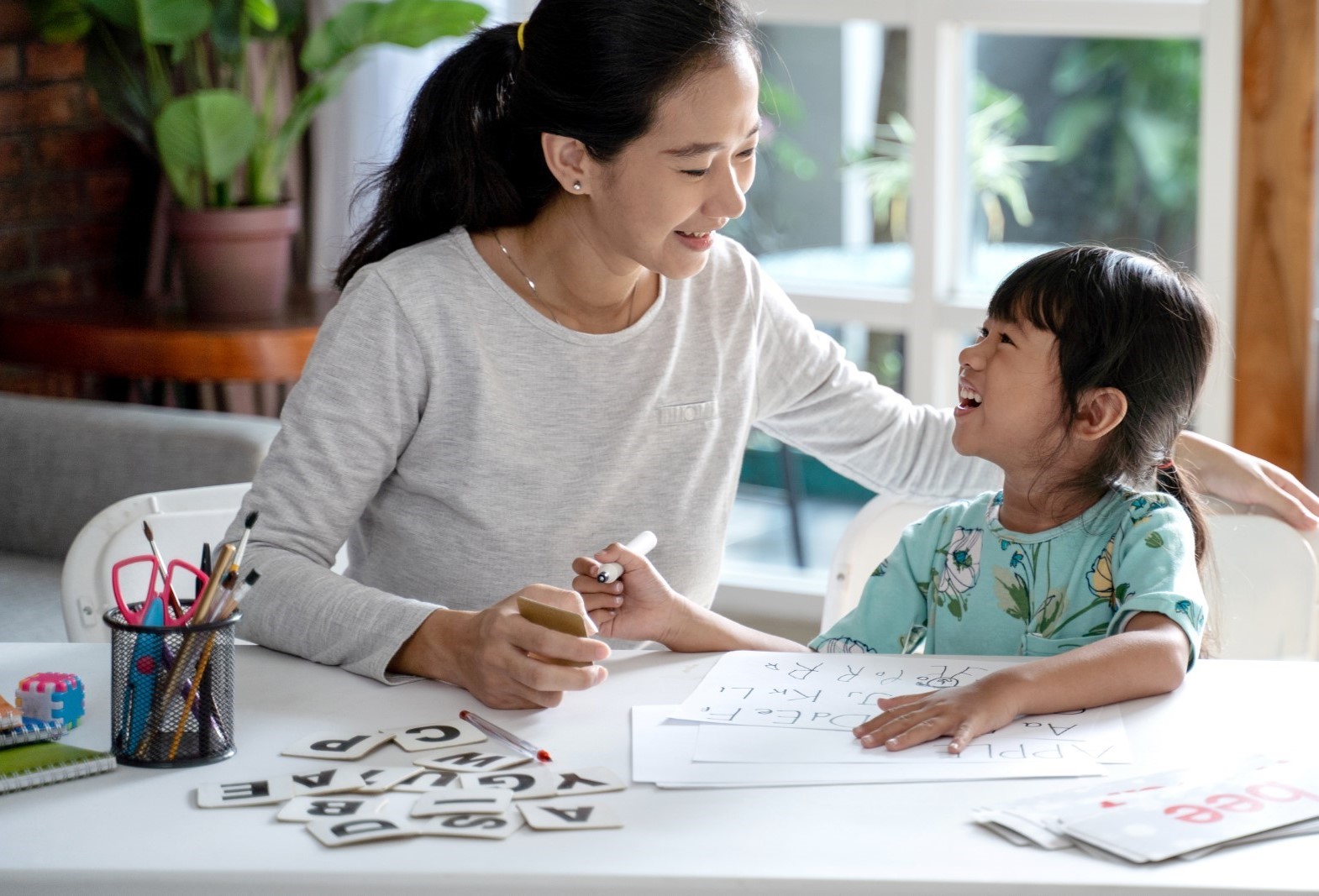When it comes to supporting children in ABA therapy, parental involvement is crucial. This evidence-based approach not only helps children develop essential skills but also fosters a collaborative environment that benefits everyone involved. In this blog post, we will explore how you can actively participate in your child’s ABA services and the numerous benefits of doing so.
Understanding ABA Therapy
ABA therapy is a systematic approach designed to improve specific behaviors while reducing those that may hinder learning and development. By applying principles of behavior analysis, therapists can help children with autism build communication, social, and daily living skills. Involving parents in this process enhances the effectiveness of the therapy and creates a more consistent learning environment.
Why Parental Involvement Matters
- Consistency Across Settings: Children thrive on routine and consistency. By understanding the techniques used in ABA therapy, you can reinforce these strategies at home. This continuity helps solidify learning and supports your child in various environments, such as school and community settings.
- Enhanced Communication: Active participation in your child’s ABA services allows you to communicate more effectively with therapists. You can provide valuable insights about your child’s behavior, preferences, and triggers, which can lead to tailored interventions that meet their unique needs.
- Building Stronger Relationships: Your involvement helps to create a supportive atmosphere that strengthens the bond between you and your child. Engaging in therapy activities together fosters trust and reinforces the idea that you are a team working toward common goals.
- Empowerment Through Education: Learning about applied behavior analysis equips you with tools and strategies to support your child’s development. Knowledge empowers you to advocate for your child’s needs and collaborate with professionals effectively.
- Modeling Positive Behavior: Children learn by observing. By modeling appropriate behaviors and responses, you can demonstrate the skills your child is working on in therapy. This not only aids in their learning but also reinforces the behaviors you wish to see in them.
How to Get Involved
- Practice at Home: Integrate ABA techniques into daily routines. Whether it’s using visual supports, setting up social stories, or practicing communication skills, consistency at home can reinforce what your child learns during therapy.
- Keep a Behavior Journal: Document your child’s behaviors, triggers, and progress. This can provide valuable insights for therapists and help you recognize patterns that might need addressing.
- Participate in Training: Your provider should be scheduling parent/caregiver training sessions with you. Be sure to attend the trainings to help deepen your understanding of applied behavior analysis. This will allow you to ask the therapist questions directly and discover new strategies to implement at home.
- Join Support Groups: Connecting with other parents navigating similar challenges can provide emotional support and practical tips. Sharing experiences can be incredibly beneficial and may offer new perspectives on how to engage with ABA therapy.
The Benefits of Parental Involvement
The positive impact of parental involvement in ABA therapy is well-documented. Research shows that when parents actively participate, children often experience:
- Improved skill acquisition and generalization
- Increased motivation and engagement
- Enhanced social interactions and communication
- Greater emotional regulation
Parental involvement in ABA therapy is a powerful way to support your child with autism. By understanding the principles of applied behavior analysis and actively participating in the process, you can help create a more effective and supportive environment for your child’s development.
Are you interested in learning more about how ABA therapy and pairing can benefit your child with autism? Contact us today at 855-444-5664 to speak with our experienced team to begin the journey toward building a positive and effective therapy experience for your child.
Checkout our Blog page for more informative resources like Building a Calming Environment, Understanding Reinforcement, and Improving Functional Communication and Behavior in Autism.


